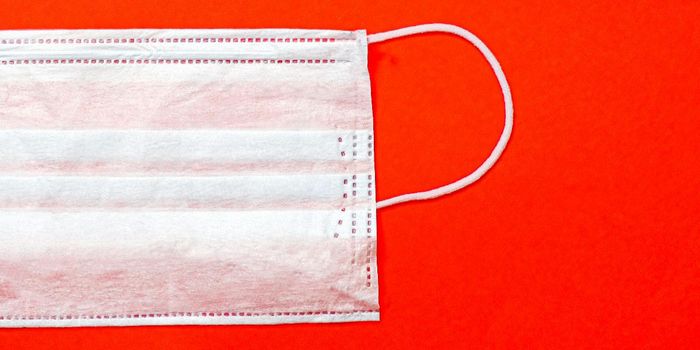This Lab Has Discovered a Way to Print Drugs
Classic science fiction movies and even cartoons from decades ago predicted flying cars and food replicators and apartment complexes in the sky, and while not all of that has happened, in the field of pharmaceutical research, there is one advance that's pretty futuristic.
Researchers at the University of Michigan have come up with some technology that prints a dosage of medication on a small surface. Using "vapor jet" printing, a form of 3D printing, precise dosages of medication could someday be custom printed at a pharmacy, while the patient waits.
The process involves putting medication doses on a variety of devices. Dissolvable strips could be used, skin patches, micro-needles or other delivery methods and it works for a single medication as well as combinations of different drugs on the same delivery patch.
Max Shtein is a professor of materials science and engineering at the University of Michigan and together with co-author Olga Shalev, a recent doctoral student and now graduate, the concept was developed and tested. For a project like this, experts from several parts of the university were needed. The College of Pharmacy of course, as well as team members from the departments of physics, chemical engineering, and biomedical engineering.
The technique was inspired by how some electronics are manufactured. Organic vapor-jet printing can take a super fine mist and spray it over a large surface. The substance, that is, whatever active ingredient is needed, can be heated, usually in its powdered form. Once it's evaporated, it's combined with an inert gas, like nitrogen. The evaporated ingredient and the gas are piped through a nozzle and sprayed onto a cool surface. Because the substance is hot and the surface is cool, it condenses and then forms a crystalline structure on the surface.
The main advantage is that it improves solubility. For a pharmaceutical compound to be used in medication, it has to be soluble. Shtein explained, "Pharma companies have libraries of millions of compounds to evaluate, and one of the first tests is solubility. About half of new compounds fail this test and are ruled out. Organic vapor jet printing could make some of them more soluble, putting them back into the pipeline."
The solubility factor would come in handy during testing as well. Most pharmaceutical compounds have to have a solvent added to them when they are tested against cultured cells and this impacts test results. The vapor printed drugs would not need a solvent. In tests in the lab, Shtein said the compounds they tested did just fine against cultured cancer cells, killing them just as efficiently as traditional delivery methods.
Other advantages are shorter clinical testing processes which could get the drugs to market faster and an easier way to transport medication since the film is very stable. Also, it's possible to custom blend medications onto one strip, eliminating the needs for multiple pills and dosages. Staying healthy isn't always convenient, so having drugs that are precision tuned a particular patient's needs, stable in transport and simpler to take are all factors that could make this method the future of pharmaceuticals. Take a look at the video to learn more.
Sources: University of Michigan, Gizmodo, Nature Communications









